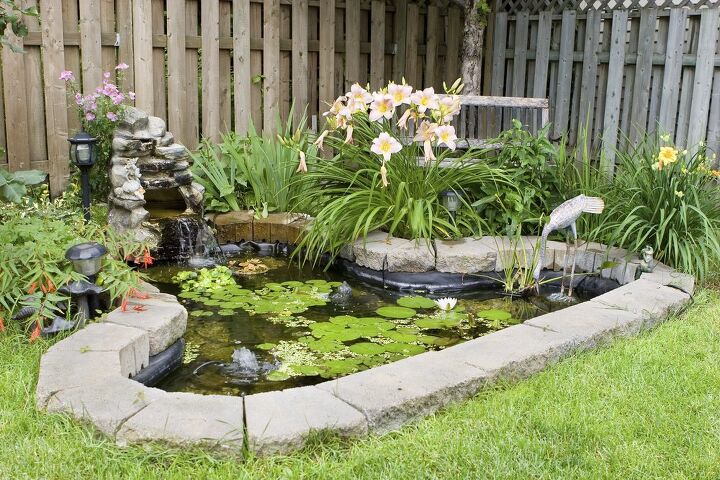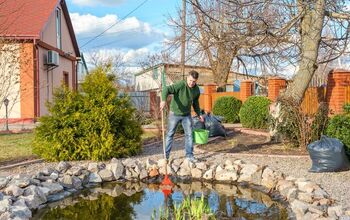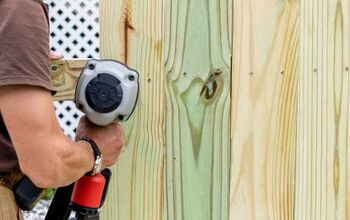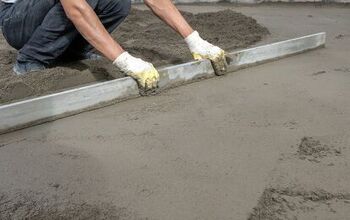Do You Need A Permit To Build A Pond In Your Backyard?

In today’s world full of innovations, the additions and improvements you can implement in your backyard are boundless. Planting a hydroponic garden, putting in a pergola, or building a koi pond are only a few examples of the possibilities. But, before starting, it’s important to learn if you need a permit to build a pond in your backyard.
You likely need a permit to build a pond in your backyard, and you can get one from local building officials. If your property is in an area at least 5 feet higher than sea level, you might not need a permit. Regardless, you still need to check local ordinances and inform neighbors before you commence with any pond-building activities.
Before you begin the pond-building permit process, there are several legal issues you need to be familiar with.
Do You Need Pond Installation Services?
Get free, zero-commitment quotes from pro contractors near you.

Legalities Involved In Getting A Permit To Build A Pond In Your Backyard
Public Land and Water
Sure, the idea is to build a pond within the confines of your own property. However, such building activities may result in discharges of dredged materials that end up in public water or land.
Therefore, it’s best to acquire a permit to build a pond in your backyard. You need to get the permit from the Army Corp of Engineers before any dredging activities.
Use Of Chemicals
While the mere building of a pond may not necessarily require much chemical use, stocking your pond with fish might. Permits are required from the Food and Drug Administration and the Environmental Protection Agency before stocking a pond. The FDA ensures that chemicals used are safe, and the EPA determines that no harmful species live in the pond.
Safety and Runoff
Aside from regulations from your local building authorities, legal liability from accidents that may occur need serious consideration. Accidents occur when private ponds become a playground for neighborhood pets and children. The best way to prevent such incidents is to build a fence all around your property, required or not.
Another possible liability issue is runoff from your pond resulting in obstructions or changes in natural drainage on neighboring properties. Even more concerning would be trash or chemical runoff from your pond and into public waters. For this reason, all changes to the drainage system must be thoroughly planned and strictly controlled.
Determining If You Need A Permit To Build A Pond In Your Backyard
Building a pond does not simply involve walking to your backyard, digging a nice hole, and filling it with water. As with any property improvements, there are some key steps to take to achieve success in your project of choice. Regardless of the size and scope of your pond, consulting a professional contractor would be a wise decision.
Know The Local Rules And Regulations Regarding A Permit To Build A Pond In Your Backyard
Check with your local building authorities to know whether you need to secure a permit or not. Permission all depends on where your property is and what purposes your pond will fulfill. Garden ponds less than three feet deep usually don’t require permits, but deep swimming pool types definitely do.
Ordinances vary from community to community, and if you are dealing with an HOA, that is another hurdle to overcome. Getting approval from a homeowners’ association depends largely on the overall aesthetic of your neighborhood. Any and all issues may come up and shut down your project unless you come prepared.
Inform The Neighbors
Getting your neighbors to sign off on your pond is key to maintaining that good sense of community. After getting your permits, regardless of whether you tell them or not, your neighbors will eventually know what you’re up to. It is highly recommended to inform them yourself before they get a chance to disapprove.
Promoting safety pre and post-build would assure neighbors that your pond will not be a hazard to children or animals. Building a fence around your property would discourage unsuspecting wanderers from ending up in your pond.
Contact The Utility Companies to See If They Require A Permit To Build A Pond In Your Backyard
Your local utility companies might not require permits, but you need to inform them before you start digging. Many utility companies have an intricate system of underground pipes and lines, and damage may ensue from enthusiastic digging. Such damage may result in additional expenses and extensively delay the completion of your work.
Get the necessary information from your local utility companies and know when and exactly where you can build your pond.
Define The Purpose Of Your Pond
There are varied reasons why someone would want a pond on their property. These reasons range from ornamental koi ponds to gushing water fountains or a private fishing spot for the family. Defining your pond’s purpose allows you to make the right decisions regarding materials and equipment for the actual build.
Once you know your pond’s purpose, scout out the best possible spot, preferably with a landscape artist. Points to consider are terrain, proximity to the home structure, privacy, even the rising and setting positions of the sun.
Gathering The Equipment
Building a pond is not as simple a task as, say, adding a backyard shed. For proper pond construction, you will need a pond liner, a filter, a pump, and a water agitator. These are the basic equipment necessary to enjoy a full working pond, regardless of size and use.
DIY pond kits are available at your nearest home improvement store and may require only one weekend to set up. However, these are for ponds that are only two feet deep and 3 feet in circumference. To build an intricately designed concrete pond, hiring a professional contractor is necessary.
How To Solve Common Pond Problems
Unlike swimming pools, you can’t chemically treat ponds with chlorine and leave it at that. Animals and plants in and around the pond are reason enough not to add dangerous chemicals to the water. Here are some environmentally-friendly ways to solve some common pond problems.
- Algae — A good filter and installing UV lights are great introductions to discouraging algae from proliferating in your pond. If the problem persists, add barley straw or bio-mat filters. Ensure fish are not overfed as unconsumed fish food can be a source of algae growth.
- Mosquitoes — A well-placed water agitator does a great job of keeping mosquitoes at bay. Stagnant water equals a robust mosquito population, so keep that water moving. Another way to discourage mosquitoes from multiplying is by stocking the pond with larvae-eating fish such as goldfish or bitterling.
- Leaves — Purchase a good pond skimmer and pond net to scoop leaves up from the water’s surface periodically. A pond skimmer does this job reasonably well when only a few leaves are present. A pond net works best during the fall season when bigger batches of leaves fall.
Do You Need Pond Installation Services?
Get free, zero-commitment quotes from pro contractors near you.

Related Questions
I want fish in my pond. How deep should my pond be?
For fish to thrive in a man-made pond, your pond must at least be two feet deep. Pond depth is vital in ensuring that the water does not freeze during the winter nor overheat in the summer. In the country’s northern parts, where winters reach extreme temperatures, ponds must be at least three feet deep.
Do I need to refill my pond when the water gets low?
Absolutely refill your pond when the water gets low as it regularly loses water from both splashing and evaporation. In the hot summer months, ensure the health of your pond by regularly checking the water level. A simple refilling with a garden hose works but always add a de-chlorinator if using city water.

Stacy Randall is a wife, mother, and freelance writer from NOLA that has always had a love for DIY projects, home organization, and making spaces beautiful. Together with her husband, she has been spending the last several years lovingly renovating her grandparent's former home, making it their own and learning a lot about life along the way.
More by Stacy Randall



























